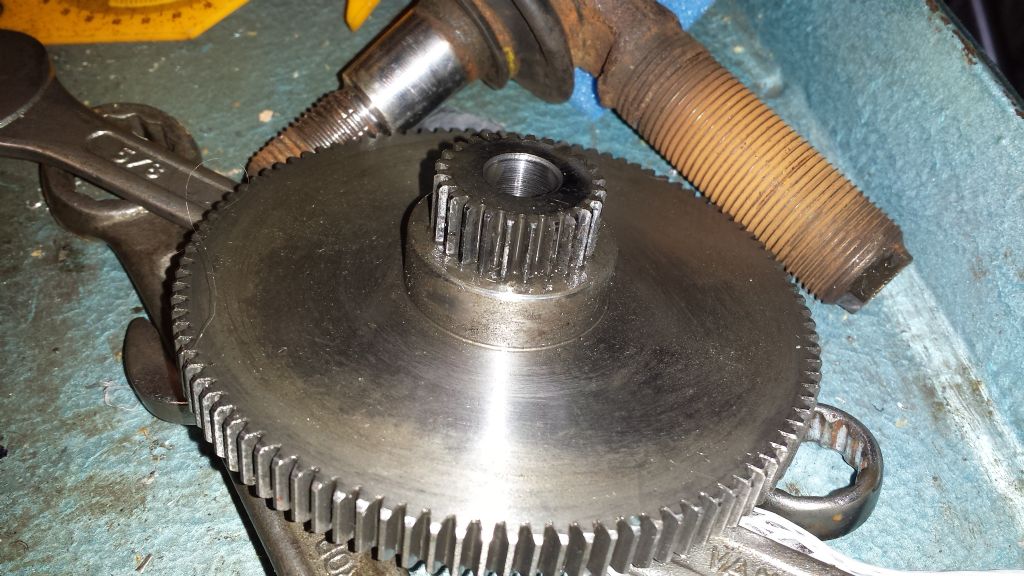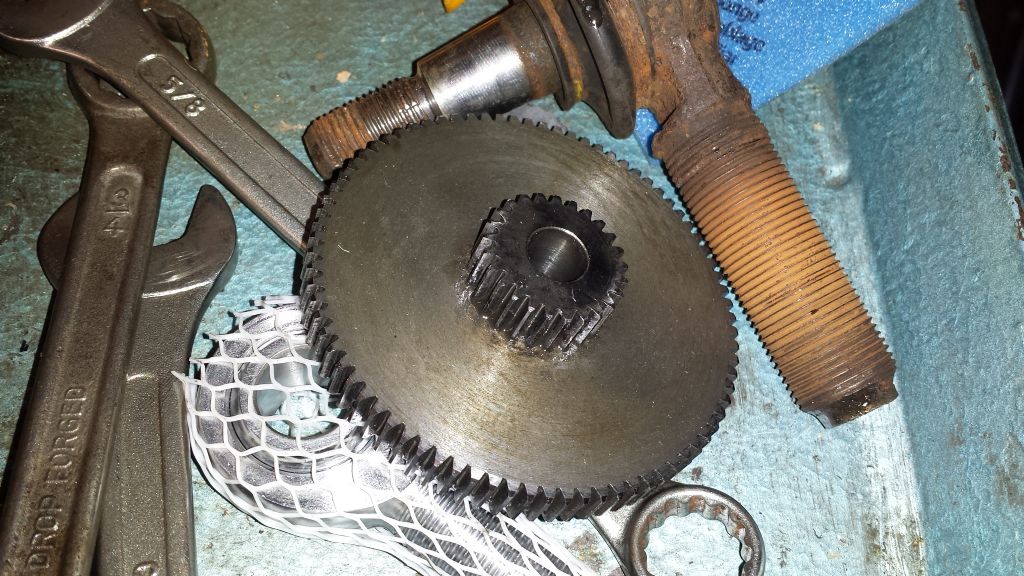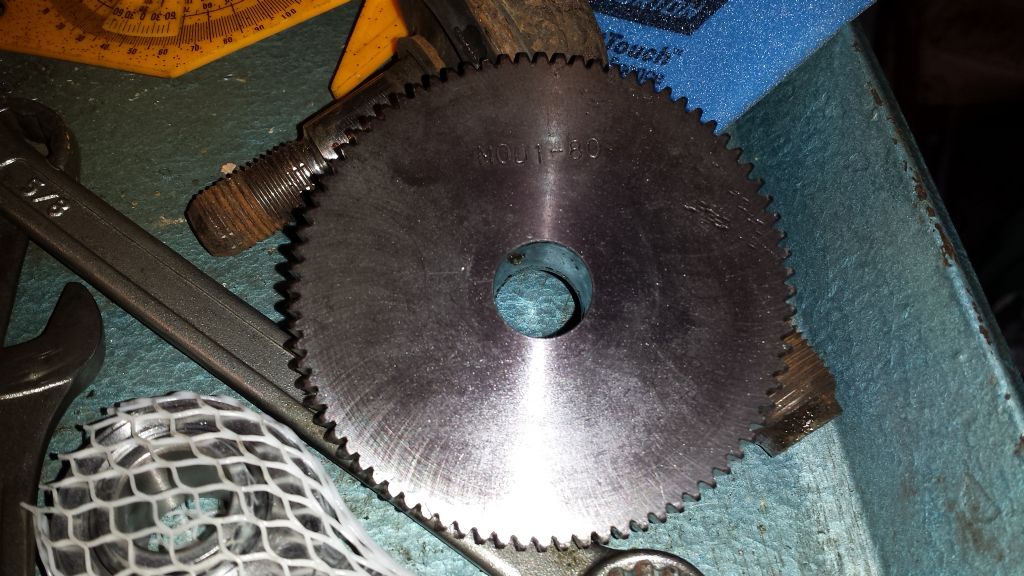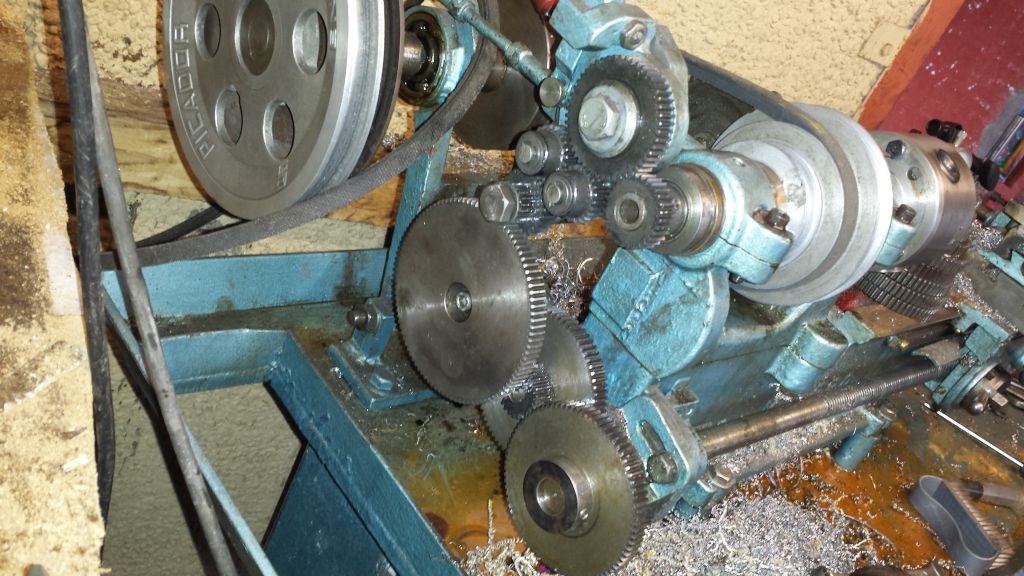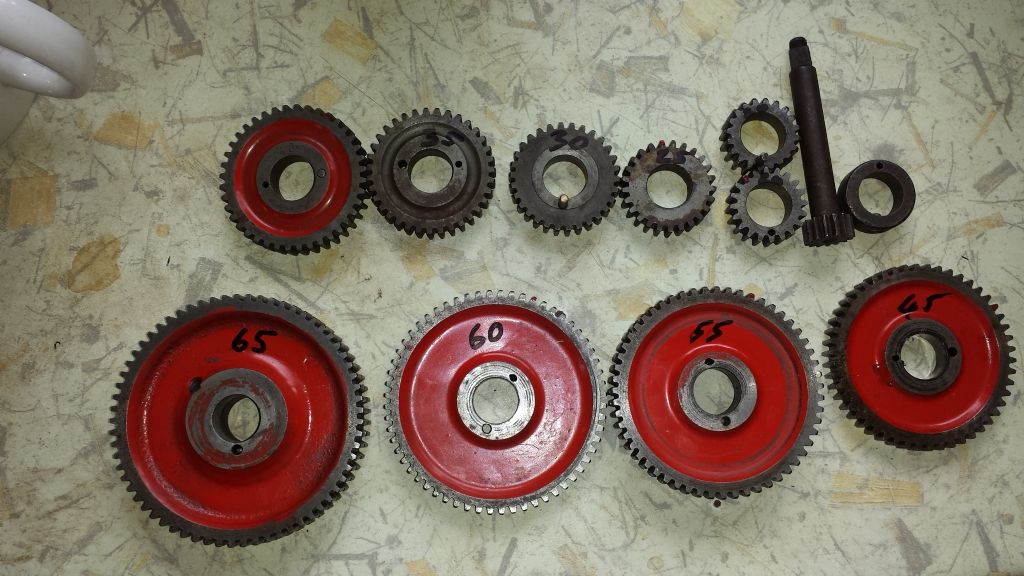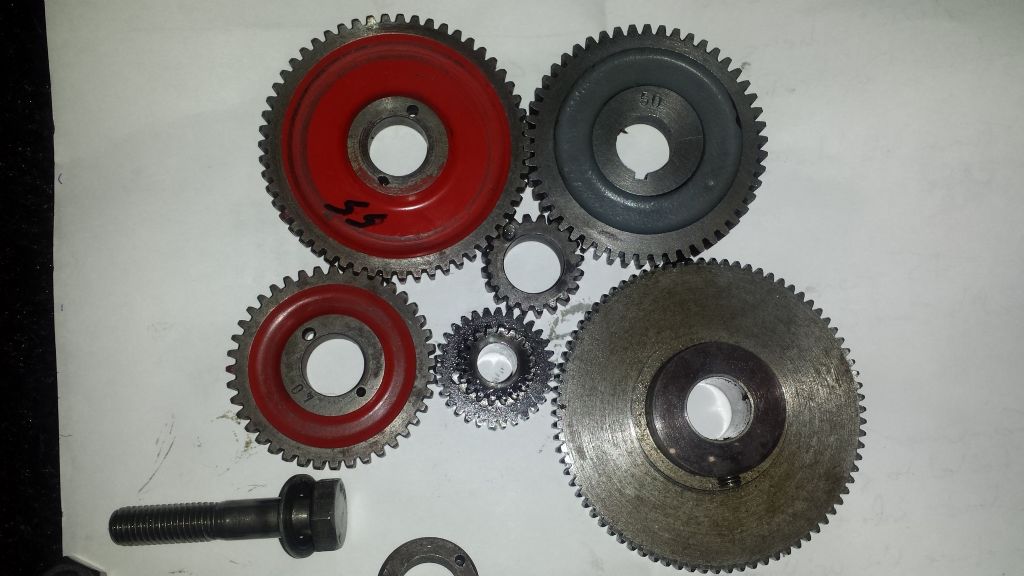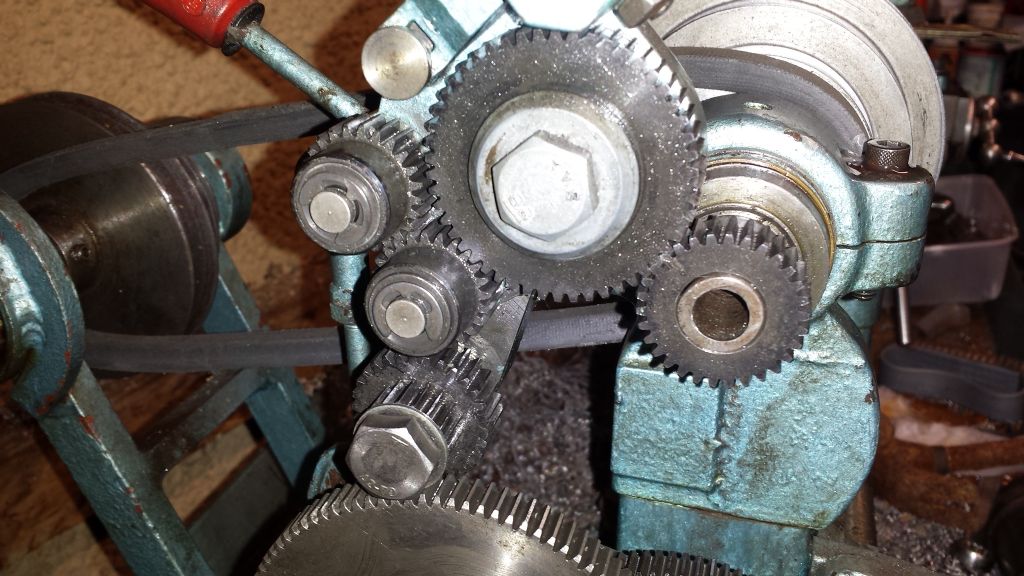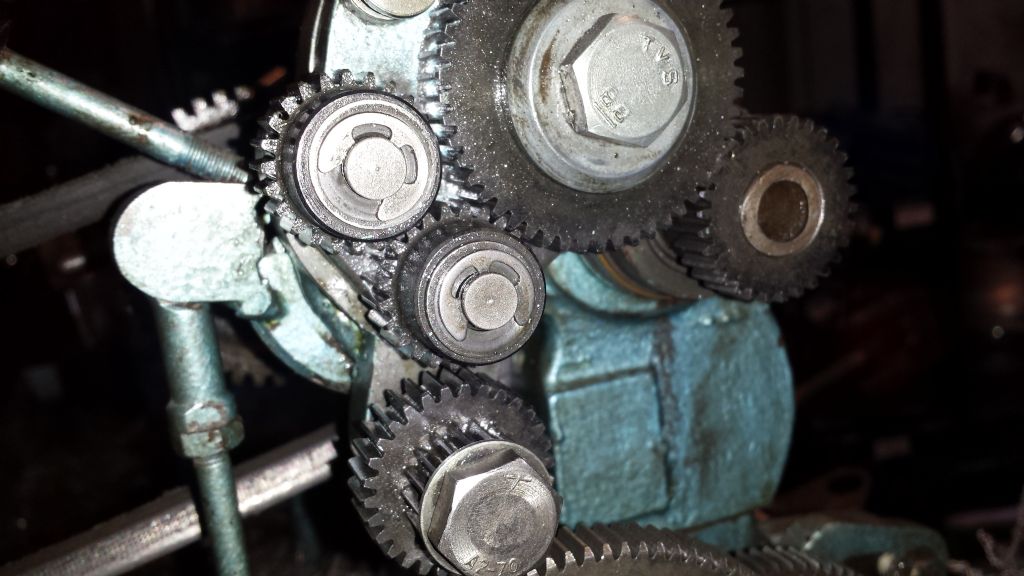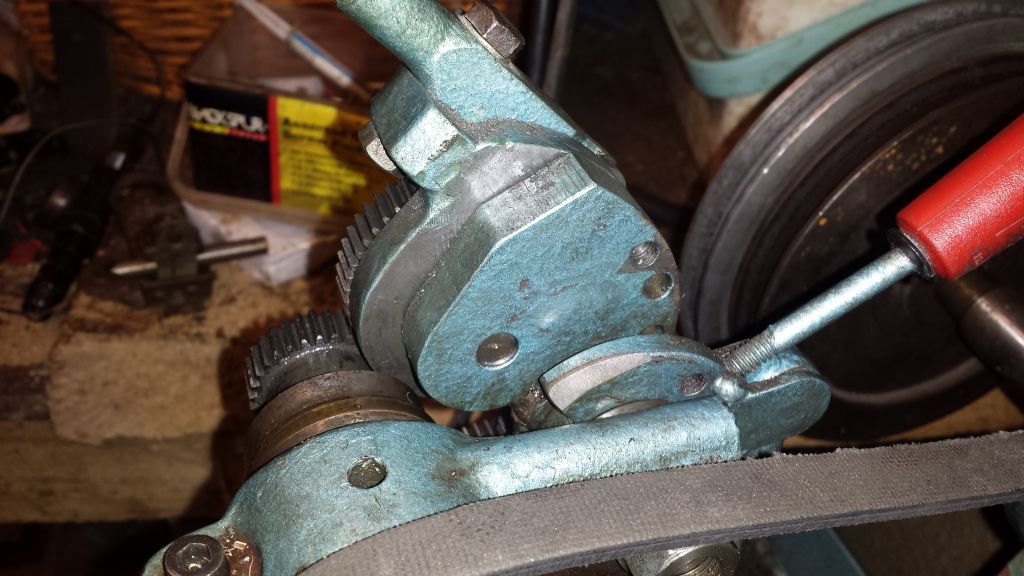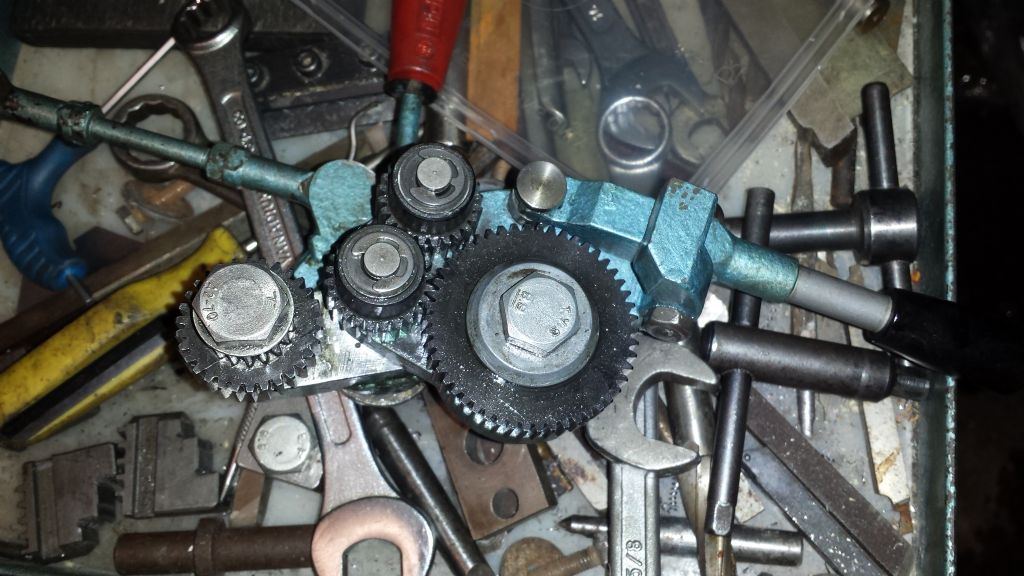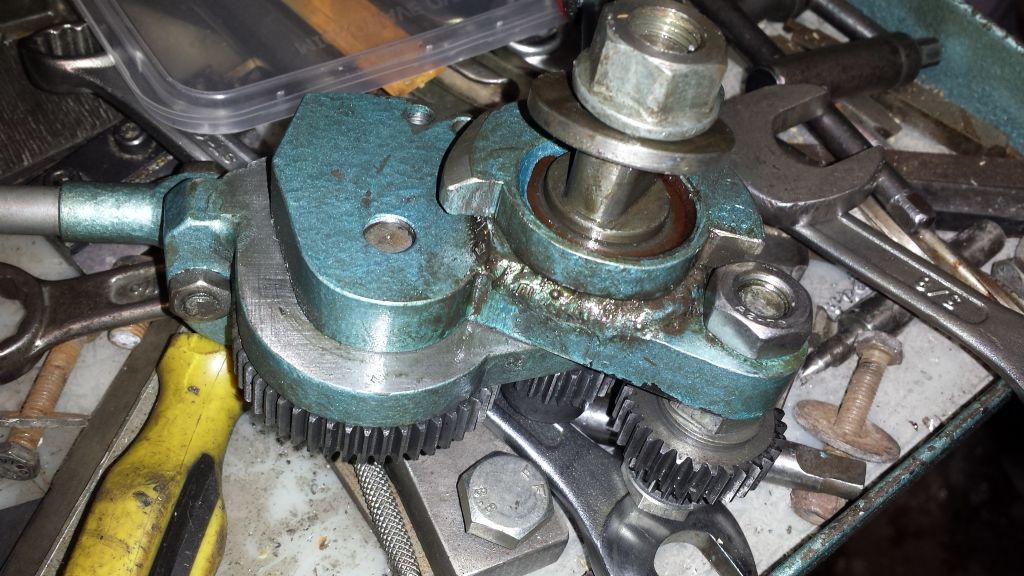Myford ML2 Change gear headache help needed.
Myford ML2 Change gear headache help needed.
- This topic has 32 replies, 9 voices, and was last updated 28 May 2016 at 09:23 by
John Fielding.
- Please log in to reply to this topic. Registering is free and easy using the links on the menu at the top of this page.
Latest Replies
Viewing 25 topics - 1 through 25 (of 25 total)
-
- Topic
- Voices
- Last Post
Viewing 25 topics - 1 through 25 (of 25 total)
Latest Issue
Newsletter Sign-up
Latest Replies
- How to balance a cup grinding wheel
- smokeless cutting oil
- Boiler Design – issue 4765
- milling chuck
- Trilever lathe
- 2 New Atom ??s: Changing Parts and Lost Planes,
- “Your Sketch Is Not Closed,” says Alibre Atom, “So tough!”HERE?ERE?
- Amadeal lathes – Any good??
- Starting up again if I can find a plan
- A little bit on the side



